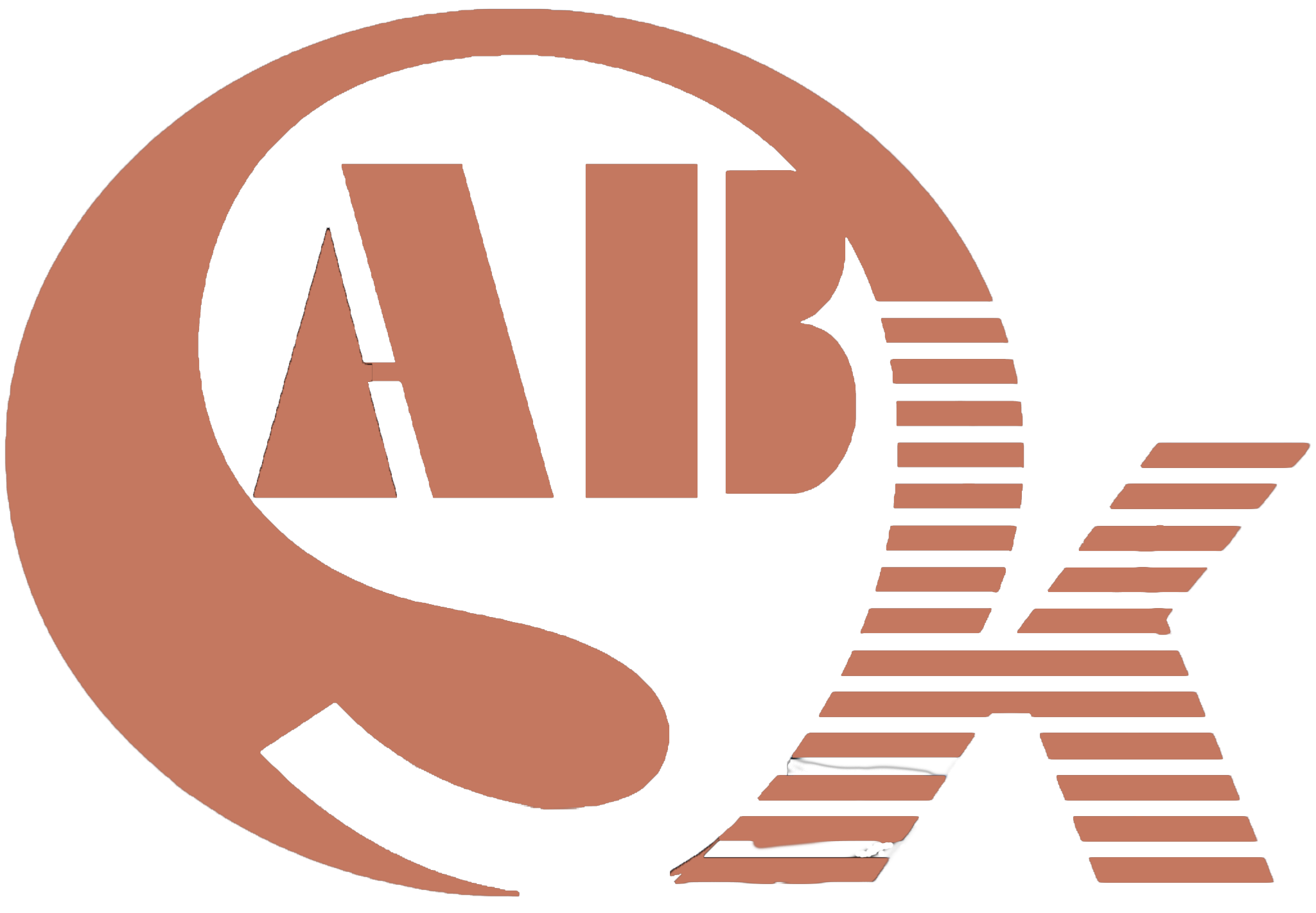Welding Manipulation Techniques: A Comprehensive Guide for Professional Welders
Welding manipulation is a vital aspect of the welding industry, allowing professionals to achieve precise and efficient welds in various applications. It involves the strategic use of specialized equipment and techniques to optimize welding processes, resulting in improved productivity and superior weld quality. In this article, we will delve into the world of welding manipulation, exploring advanced techniques, automation, and how it contributes to achieving exceptional welding results.
Understanding Welding Manipulation:
Welding manipulation refers to the controlled movement and positioning of the welding torch during the welding process. It allows welders to access challenging areas and execute complex welds with accuracy and consistency. The key to successful manipulation lies in the welder’s skill, combined with the proper use of equipment such as welding positioners, manipulators, and robotic systems.
Advanced Welding Techniques:
a. Oscillation Welding: Oscillation welding involves moving the welding torch in a back-and-forth motion, perpendicular to the weld seam. This technique ensures better fusion and even distribution of heat, reducing the risk of defects like undercutting or lack of penetration. Oscillation welding is particularly effective for thick materials and high-speed welding applications.
b. Weaving Technique: The weaving technique is employed to widen the weld bead, especially in narrow joints. By creating a zigzag pattern, the welder achieves better sidewall fusion, leading to increased strength and improved aesthetics. However, excessive weaving can lead to distortion, so maintaining a balanced approach is crucial.
c. Hybrid Welding: Hybrid welding combines traditional arc welding with a supplementary heat source, such as a laser or electron beam. This technique enhances the welding process by providing deeper penetration, faster travel speeds, and a more refined weld profile. Hybrid welding is commonly used in industries where precision and productivity are paramount.
Embracing Welding Automation:
With technological advancements, welding manipulation has evolved to include automated solutions, revolutionizing the welding industry. Welding robots and programmable automation offer unmatched precision and consistency, reducing human errors and improving productivity. Automated welding systems can work continuously, 24/7, providing significant advantages for large-scale production environments.
Precision Welding for Critical Applications:
Industries like aerospace, automotive, and energy require high-precision welding for critical components. Welding manipulation plays a crucial role in achieving weld integrity and meeting strict quality standards. By implementing advanced techniques and automation, professionals can create flawless welds, ensuring the safety and reliability of vital structures and equipment.
Enhancing Welding Productivity:
Welding manipulation not only improves weld quality but also boosts productivity. By adopting automation and advanced techniques, companies can optimize their welding processes, reducing production time and costs. Welders can focus on higher-level tasks, while automated systems handle repetitive or hazardous welding operations.
Conclusion:
Welding manipulation is a powerful tool that empowers professional welders to reach new levels of precision and productivity. Understanding advanced techniques, embracing automation, and prioritizing quality are essential for achieving exceptional welding results. As the welding industry continues to evolve, mastering welding manipulation will become even more critical for staying competitive and meeting customer demands for top-notch welding products and services.
